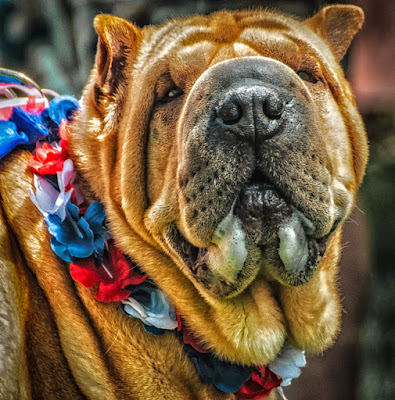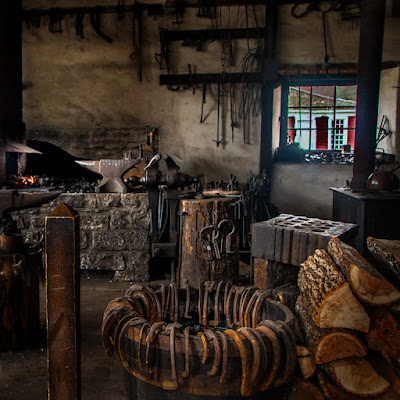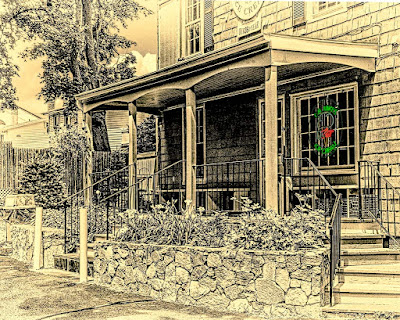I was giving my sister-in-law a ride down to one of the New
York airports this morning and she was telling me this story about how she had
gotten in trouble taking some pictures over at the local mall. Now, mind you, she was taking pictures of the
swans swimming around in the retention ponds outside the mall, beyond the
parking lots. A security guard (???)
went over to her and said she couldn’t take pictures, it was against the
law. Yeah, right. Today’s image presents sort of the two sides
to that story. It is a photograph, taken
with a digital camera and “photoshopped” to look like a sketch. The house is the Mark Twain House at Nook
Farm in Hartford Connecticut. It’s on
private property as is the mall in this discussion. If today’s image were a “real” sketch, the
artist could have sat at the same spot, put up an easel and sketched away. (Would have been a really nice pencil sketch,
but you can probably find a hundred artists who could do it justice.) At times, the (whatever it is) Nook Farm
Association or Mark Twain Society or something invites/sponsors/encourages
artists to do “en plein air” work in the yards.
I don’t know that the mall does the same type of thing, but it’s
certainly something they “could” do. So,
the question is: Canvas? Yes. Camera?
No. Hit the “Read More” to find out
what’s up.
Heading to Belfast!
10 months ago















